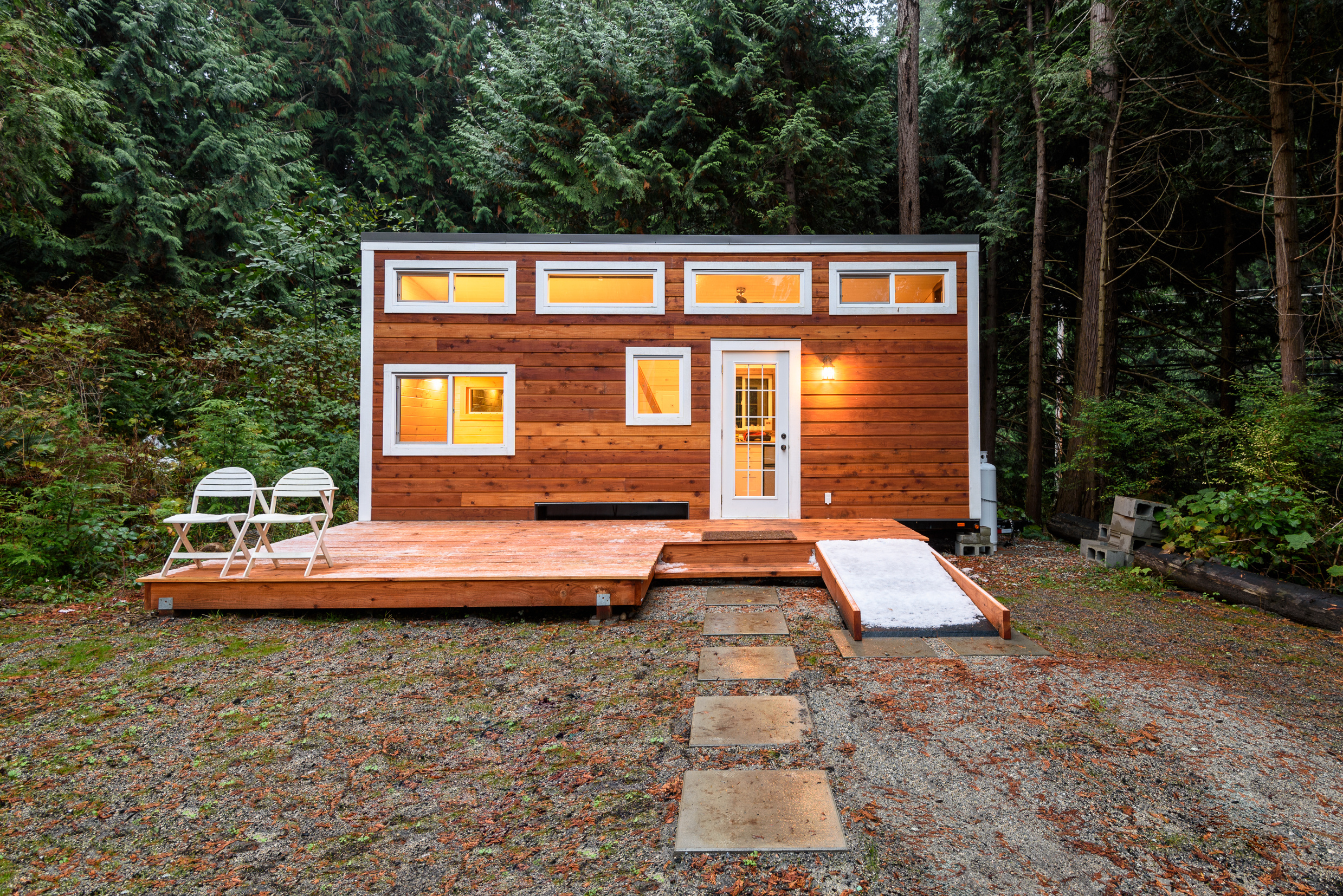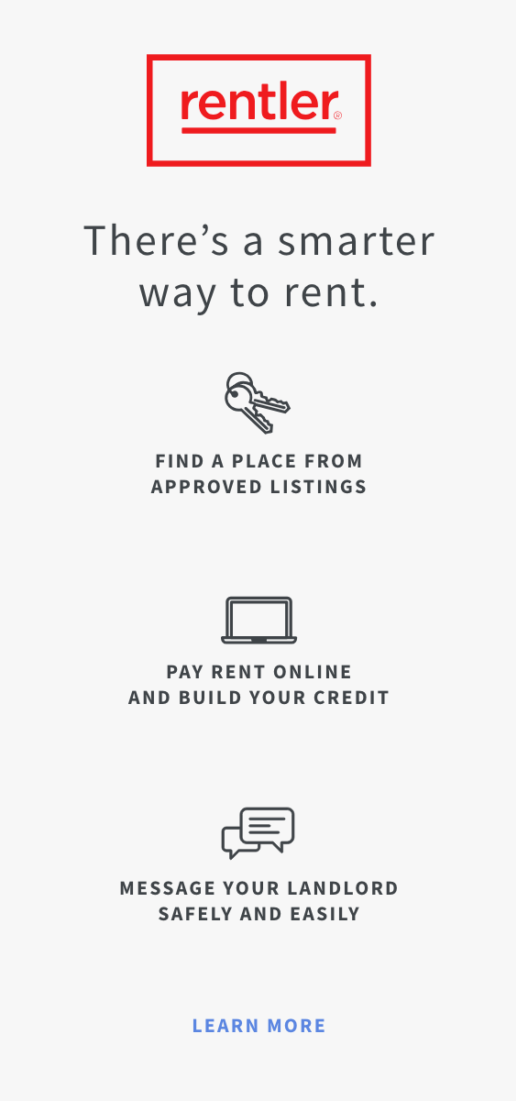The idea of living in a tiny house has captured the imagination of many, thanks to a growing movement that emphasizes minimalism and simplicity. Popular TV shows like Tiny House Nation and Tiny House, Big Living have made these cozy dwellings even more appealing. But while the homes themselves are small, the costs associated with tiny house living can sometimes be bigger than expected. Let’s break down the numbers to see whether going tiny is truly affordable.
What Defines a Tiny House?
Tiny houses, as the name implies, are small—but just how small? Most tiny homes are between 100 and 400 square feet, which is a significant drop from the average 2,200-square-foot American home. Whether you’re building it yourself, converting an RV or shipping container, or purchasing a prefabricated model, tiny homes come in various forms and styles.
Despite their different appearances, one thing is consistent: they’re designed to make the most of limited space and offer a more sustainable way of living.
The Rise of Tiny Homes
With housing shortages across the country, tiny homes offer a potential solution. The U.S. faces a housing crisis of over 1.5 million homes, and only 42% of new and existing homes are affordable for the average American household. Tiny homes provide a creative, budget-friendly alternative to traditional housing, appealing to those looking to downsize, reduce their debt, and live with less.
As more Americans move away from expensive urban areas in favor of smaller towns and rural communities, tiny homes are becoming increasingly popular. These compact houses may be small in size, but they offer big opportunities for homeowners and real estate investors alike.
How Much Does a Tiny House Cost?
Tiny houses are often touted as a cheaper option, but the costs can vary widely depending on whether you build one yourself or buy a pre-made model.
DIY Tiny Homes
Building your tiny house from the ground up can be one of the most affordable routes, with costs ranging from $30,000 to $60,000, depending on the materials and features you choose. Some people opt for tiny home kits sold by retailers, which can simplify the process but still come with a range of price points. More luxurious DIY builds can even cost over $100,000.
Pre-Built Tiny Homes
If building from scratch isn’t your thing, the market for pre-built tiny houses is booming. Prefabricated homes can range from $100,000 to $150,000 depending on their size and amenities. While this is often more expensive than a DIY build, the convenience of having a move-in-ready home is a big draw for many buyers.
You can also explore the resale market for tiny homes. With the rise in popularity of minimalistic living, sites like Rentler.com make it easier to find pre-loved tiny homes at lower prices.
The Real Cost Per Square Foot
Tiny homes might sound affordable, but when you break it down, the cost per square foot can be higher than traditional homes. On average, a tiny house costs about $400 per square foot, compared to a typical home’s $150 per square foot. However, since tiny homes are much smaller in overall size, the total cost of materials, utilities, and upkeep is far less than that of a standard home.
Important Considerations Before Building
Before you dive into tiny living, it’s crucial to factor in these additional costs:
- Location: Land prices can vary greatly, and you’ll need to ensure the land you choose is suitable for your home and has access to utilities.
- Permits and Zoning: Not every city is tiny-home friendly. Zoning laws and building permits can add up, with the average building permit costing around $1,380.
- Land Preparation: Your land needs to be ready for your tiny home, which includes utilities, foundation work, and access.
- Insurance: Tiny houses need coverage just like traditional homes. Look into specialized insurance for your unique build.
- Ongoing Maintenance: While tiny homes require less upkeep, you still need to plan for maintenance, such as roof repairs or replacing appliances.
- Storage: Limited space means you might need to rent a storage unit or seriously downsize your possessions.
Pros of Investing in a Tiny House
Tiny homes offer a range of benefits, especially for those looking to invest in real estate:
- Lower Entry Costs: Tiny homes are generally cheaper to build or buy than full-sized houses, which makes them an attractive option for first-time investors or those looking to add to their rental portfolio.
- High Demand: The demand for tiny homes is growing, with projections showing a 57% increase in North America between 2022 and 2027. This makes them an appealing option for landlords who want to tap into this trend.
- Low Maintenance: Fewer square feet mean fewer repairs and lower costs for landlords.
- Energy Efficiency: Tiny homes are typically more energy-efficient than traditional homes, which can lead to lower utility bills for tenants.
- Flexible Locations: Because of their small size, tiny homes can be placed on a wider variety of plots, giving landlords more options for building rental properties.
Cons of Tiny House Investing
Before jumping into the tiny house market, it’s important to consider some potential downsides:
- Limited Space: Not everyone can adapt to living in a small space. Tenants may find the limited storage and square footage challenging, even if they were initially excited about the idea.
- Zoning Restrictions: Many cities have strict rules about tiny homes, so it’s important to research local laws before making any investments.
- Market Volatility: The tiny home rental market is still developing, which means prices and demand may fluctuate depending on your location.
Tiny Homes: A Small But Mighty Option
Tiny homes are not just a passing trend; they offer real opportunities for both homeowners and investors. By embracing tiny living, you can cut costs, simplify your lifestyle, and even generate income through rentals. However, it’s crucial to do your research, plan for hidden costs, and ensure that your tiny home fits your needs and the regulations in your area.
List your tiny house on Rentler!
Ready to take the next step? Whether you’re looking to buy, sell, or rent a tiny home, Rentler.com makes it easy to connect with listings and find your ideal property. Start exploring today, and happy tiny home hunting!



